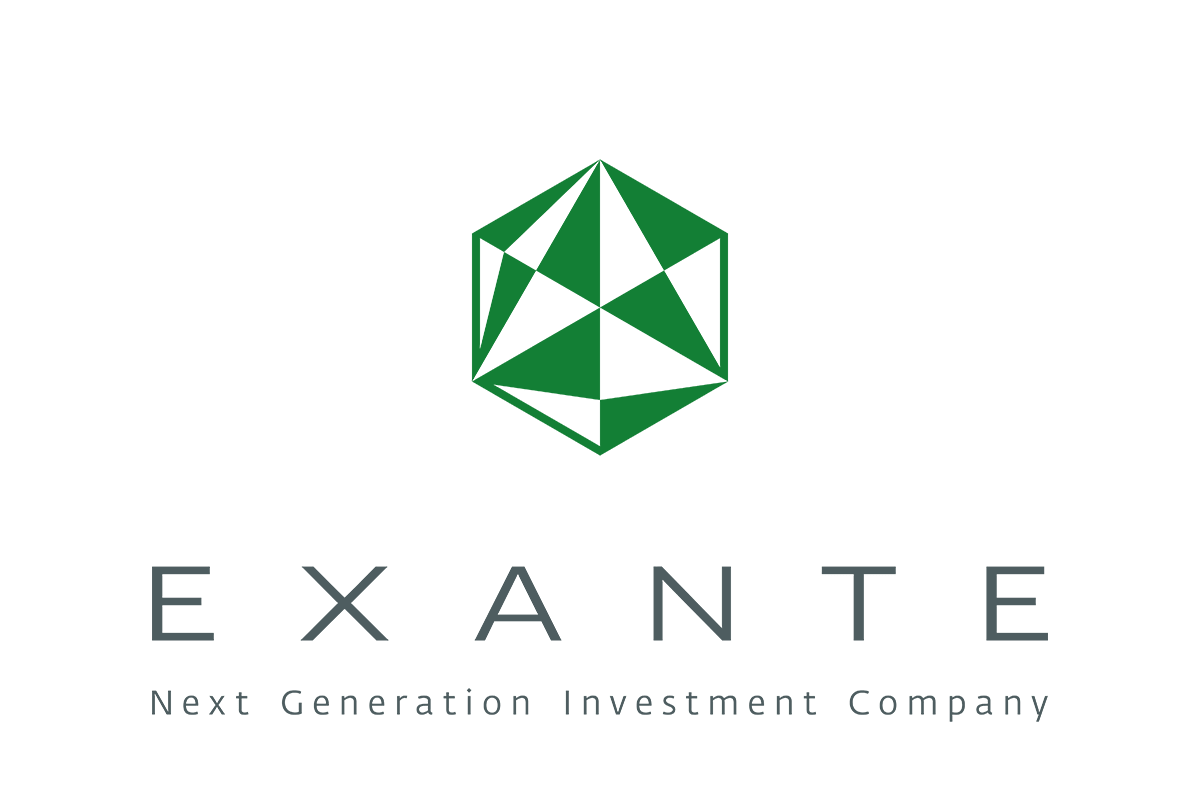
EXANTE expert says Coronavirus on course to bring down world markets as China fails to prevent economic shock
LONDON / AGILITYPR.NEWS / February 11, 2020 / Coronavirus on course to bring down world markets as China fails to prevent economic shock
By Matthew Hinman, Senior Analyst at EXANTE
Whilst the Chinese authorities have revealed a number of measures to calm market panic, such as injecting 1.2 trillion yuan (US$170bn) in the markets, the purpose of which to purchase securities from investors looking to exit the markets and stabilise asset prices, the happenings of the last few weeks have put most investors at somewhat of a Coronavirus Crossroads.
To give some detail on happenings, as I write this article news on coronavirus is moving exceedingly quickly and everything is potentially subject to dramatic change. The PBOC has lowered interest rates on reverse repurchase agreement from 2.5 per cent to 2.4 per cent. China’s rhetoric remains committed to doing whatever is needed but that still may not be enough. Coronavirus has already taken more lives than SARS epidemic which took in total 249 lives in 2003.
China has after an elongated Lunar New Year break reopened its capital markets with Shanghai equity markets closing down over 7.7 per cent, the worst day since August 2015.
Other capital markets have been open however on Friday January 31, 2020 the Dow dropped 603 points just over 2 per cent the S&P500 lost 1.8 per cent in their largest one-day percentage falls since October 2019. The have since experienced a rally, but now there’s speculation of a bubble. Europe also suffered a similar fate for the FTSE100, DAX30 and CAC 40 were all down between 2.3 and 2.7 per cent on the same date. Investors rushed for the door of the equity markets into gold, causing it to hit $1,589 and the yield on the 10 Year hitting multi month lows at 1.50 per cent; both are of course very liquid instruments meaning it is very easy to move in and out of them in times of trouble. Oil has been decimated falling 12 per cent in the month of January as China demand collapses amid fears of an economic slowdown, transport and airlines stop flights in and out of the country.
As we are still in the longest ever bull market at over a decade long which is set to turn 11 years in March. Negative yielding debt accounts for around $15 trn (or 25 per cent of the total market) we might accept that we are very late cycle in growth terms and monetary policy makers around the world will not be able to prevent shocks to the system that Coronavirus, be the Black Swan, could cause world growth to crumble and tumble us all into a recession.
We are back at the crossroads, do we hide in gold and treasuries waiting to jump back in and buy the dip, or do we evolve our views and our portfolios and look elsewhere for investments not highly correlated to equity and bond markets?
I would advocate the latter and look to real assets to make up a much larger proportion of our portfolios, which tend to perform very well late into the economic cycle and afford us protection from volatility in fixed income and equities.
Where there might be opportunity
Infrastructure would be a particular focus for me, as historically it produces a low correlation to equities and a negative correlation to bonds.
As Central banks run out of traditional monetary policy and governments understand they need to play their part in affecting some revival of growth, they will provide fiscal stimulus.
But what are infrastructure assets? These assets can be defined as real assets which are providing services to the public commercially like airports and transport and more essential services like water and utilities. These assets provide extremely predictable revenues and cash flow which are often linked to inflation.
There are a few of ways to invest in infrastructure all with pros and cons. Private infrastructure offers the greatest diversification but is normally far less liquid so investors need to be prepared to hold for long periods of time. However, if patient, they’ll be rewarded with good income and positive low correlation to equity markets.
Listed infrastructure offers good liquidity, potentially offers access to larger infrastructure assets, and offers greater diversification, however, has a far higher correlation to equity markets over the short term.
There is also an ETF solution such as Vanguard Global Infrastructure Index Fund, offering investors good transparency and relatively lower fees. However, with this an investor may miss out on the active management aspect.
Governments investing in infrastructure
We have already seen this evidenced in several countries. Late in 2019 Japan’s cabinet approved a $122 bn fiscal stimulus package. In the UK, Prime Minister, Boris Johnson, has promised to spend big after Brexit on both tax cuts and infrastructure, as well as Sajid Javid, Chancellor of the Exchequer, informing us: "There will be up to an extra £100bn of investment in infrastructure over the next few years that will be transformative for every part of our country.”
Germany ended 2019 with a budget surplus of €13.5 bn. The government wants to spend on infrastructure and other projects and has announced a 10-year investment programme for the German rail network, amounting to €86 bn - surpassing any previous amounts in its history.
India has also indicated that it will increase infrastructure spending and personal tax cuts in 2020.
Disclaimer
The above references an opinion and is for information purposes only. It is not intended to be investment advice. Seek a duly licensed professional for investment advice.
Contacts